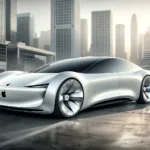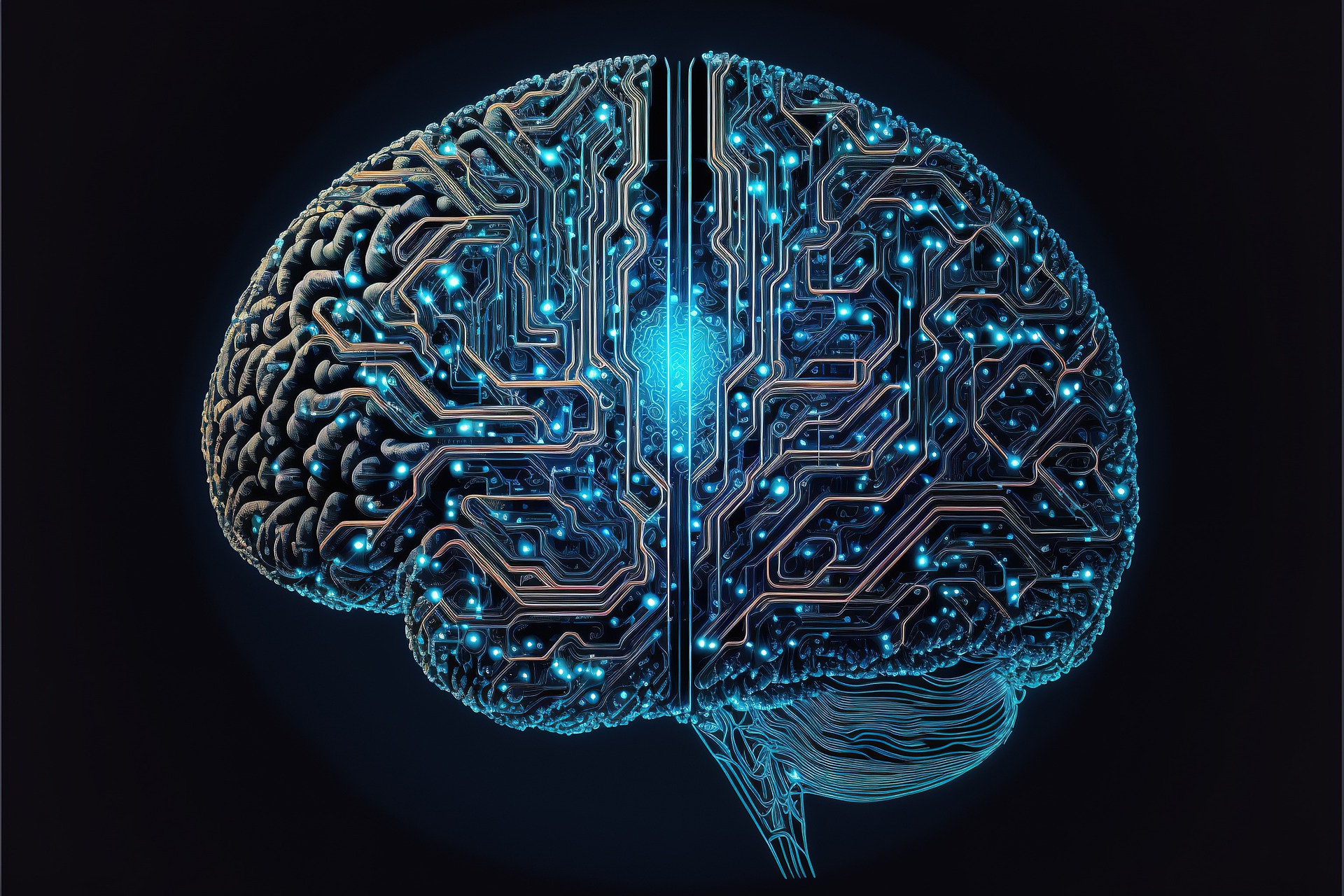Web 3.0
Web 3.0 meaning | Web 3.0 definition | Web 3.0 technology
Web 3.0 is the third generation of development of web technologies. As it is still evolving, the universal definition is still unclear.
Web 3.0 is a term used to describe the evolution of the World Wide Web, where the emphasis is on intelligent, semantic-based technologies and the creation of a more meaningful and intuitive web experience for users. These technologies include natural language processing, machine learning, and the use of structured data and metadata to improve search results and enable new types of online services and applications. Web 3.0 is also often referred to as the “Semantic Web,” as it aims to create a more intelligent and interconnected web that can understand and interpret the meaning and context of the information it contains.
It is a more decentralised web than Web 2.0 and may challenge the dominance of the tech giants.
Difference between Web 2.0 and Web 3.0 | Web 3.0 VS Web 2.0
- Web 3.0 is supposed to be a more decentralised web than Web 2.0.
- Web 3.0 challenges the dominance of the tech giants by concentrating the power an data in the hands of the user.
- In Web 3.0 , data is distributed across networks and no single entity owns the information as in Web 2.0.
- Instead of providing your personal data over and over again on each platform you sign up for, you will instead simply authorise the platforms to use your data in Web 3.0.

Advantages of Web 3.0 |Benefits of Web 3.0 | Pros of Web 3.0
- Open and transport network : All applications and programs are developed using open – source software. The code used for development, which is a virtual resource, is public for the community and the development process is also kept transparent.
- Seamless ecosystem : The control over data moves into the hands of the individuals than in the hands of platform companies, using smart protocols on blockchain that eliminate the need for third parties, therefore giving a permissionless, trustless and seamless ecosystem.
- Direct relationship between sellers and customers : It eliminates middleman, allowing sellers and customers to interact directly. Eg : Non fungible tokens used in static digital art, which can also be replicated in music, films and other mediums.
- Independent monetization : It can empower creators by giving them an opportunity to monetize. About two million professional content creators in India can benefit from this.
- Improved search and discovery: The use of semantic technologies in Web 3.0 can enable more accurate and relevant search results, making it easier for users to find the information they are looking for.
- Personalization: With the use of machine learning and other technologies, Web 3.0 can provide more personalized content and recommendations based on a user’s interests and behavior.
- Increased efficiency: The use of structured data and metadata in Web 3.0 can make it easier for machines and software to understand and process information, enabling more efficient operations and decision-making.
- New opportunities for innovation: The development of Web 3.0 technologies can create new opportunities for entrepreneurs and businesses to develop innovative products and services.
- Enhanced security: The use of decentralized technologies in Web 3.0, such as blockchain, can improve the security of online transactions and protect against cyber attacks.

Demerits of Web 3.0 | Disadvantages of Web 3.0 | Cons of Web 3.0
- Rise in Cyber crimes : As regulating Web 3.0 is difficult, new types of cyber crimes can come into the picture. Eg : Cryptocurrency related crimes are some significant issues which haven’t been addressed yet.
- Lack of grievance redressal mechanism : Due to it’s decentralised nature, it raises a question on whom to approach in case of grievance and to whom someone is accountable for data breach.
- Lack of Censorship mechanism : Removal of obscene or defamatory information, photos or videos will be challenging for national and international authorities.
- Scalability concern : Due to blockchain technology’s append-only data storage mechanism , it cannot be modified and since demand is increasing, storage capacity is limited.
- Regulatory Vacuum : Countries have not yet embraced regulatory space and defined clear protocols for its use.
- Privacy concerns: The use of personal data and behavior to provide personalized experiences in Web 3.0 may raise concerns about privacy and the potential for misuse of this information.
- Dependency on technology: The increased reliance on intelligent technologies in Web 3.0 may make it more difficult for users who are not technologically savvy to access and use certain services and applications.
- Disruption to existing industries: The development of Web 3.0 technologies may disrupt existing industries and business models, leading to job losses and other negative economic impacts.
- Inequality: The use of advanced technologies in Web 3.0 may widen the digital divide and create inequalities in access to information and opportunities.
- Ethical considerations: The use of semantic technologies and machine learning in Web 3.0 raises ethical questions about the potential for bias and discrimination in the processing of information.
Uses of web 3.0 | Some recent applications of Web 3.0 | Web 3.0 examples
- Applications are growing much larger and wider beyond its financial origins such as cryptocurrency.
- A new ‘financial world’ order would get established on metaverse. Metaverse is a combination of virtual and augmented reality and video where people can live in a virtually programmed and developed world (like a pokemon game).
- Web 3.0 is different from reality but it is built by taking inspiration from the real world.
- Innovation in online gaming, tokenisation of assets in virtual space is getting unleashed.
- Allowing people to search the web using more human-like queries and get more relevant results.
- Better integration of structured and unstructured data, allowing for more sophisticated data analysis and mining.
- More intelligent and personalized search results, based on a user’s previous searches and interests.
- Greater interoperability between different systems and devices.
- More intelligent and personalized web applications.
- Decentralised autonomous Organisations (DAOs)
- Decentralised Finance (DeFi)
- Stable coins
- Central Bank Digital currencies (CBDCs)
- Private and digital infrastructure development
- Creator economy enablers like NFTs and blockchain based games

Challenges for Web 3.0
- Without a central entity to control decisions and capture profits, it is hard to incentivise their maintenance and development. However, crypto solves this problem through decentralised coordination and providing economic incentives for development.
- Foundation of Web 3.0 needs to be laid. Developers, users, tech companies and others need to come in on an agreement around how the Web 3.0 protocols would work.
- Standardization of new technologies and protocols is required that can support the integration and interoperability of data on the web.
- Legal and ethical issues, related to the use and ownership of data on the web, and the need to balance the benefits of data sharing with the rights of individuals.
Web 1.0 Web 2.0 Web 3.0 | Difference between Web 1.0 Web 2.0 & Web 3.0
Web 1.0, also known as the static web, refers to the early days of the World Wide Web, when most websites were simple and static, and users could only view and read the content that was published on them. Web 1.0 was characterized by a lack of interactivity and user-generated content, and the web was primarily used as a source of information.
Web 2.0, also known as the dynamic web, refers to the next generation of the web, where users could interact with websites and other online services, and contribute their own content. Web 2.0 introduced new technologies and platforms, such as social media, blogs, and forums, that enabled users to create, share, and collaborate on content online. Web 2.0 was also characterized by the growth of web-based applications and services, such as search engines and online shopping.
Web 3.0, also known as the Semantic Web, refers to the next generation of the web, where data is more interconnected and accessible. Web 3.0 aims to make it easier for computers to understand and interpret the data on the web, and to make the web more intelligent and intuitive. This is expected to enable new and more sophisticated applications, such as natural language search and personalized web experiences. Web 3.0 is still in the early stages of development, and many of its potential applications are still being explored and tested.

ALSO READ : Indian CBDC
ALSO READ : How to start learning coding
ALSO READ : Bitcoin and Ethereum
ALSO READ : OpenAI and ChatGPT










